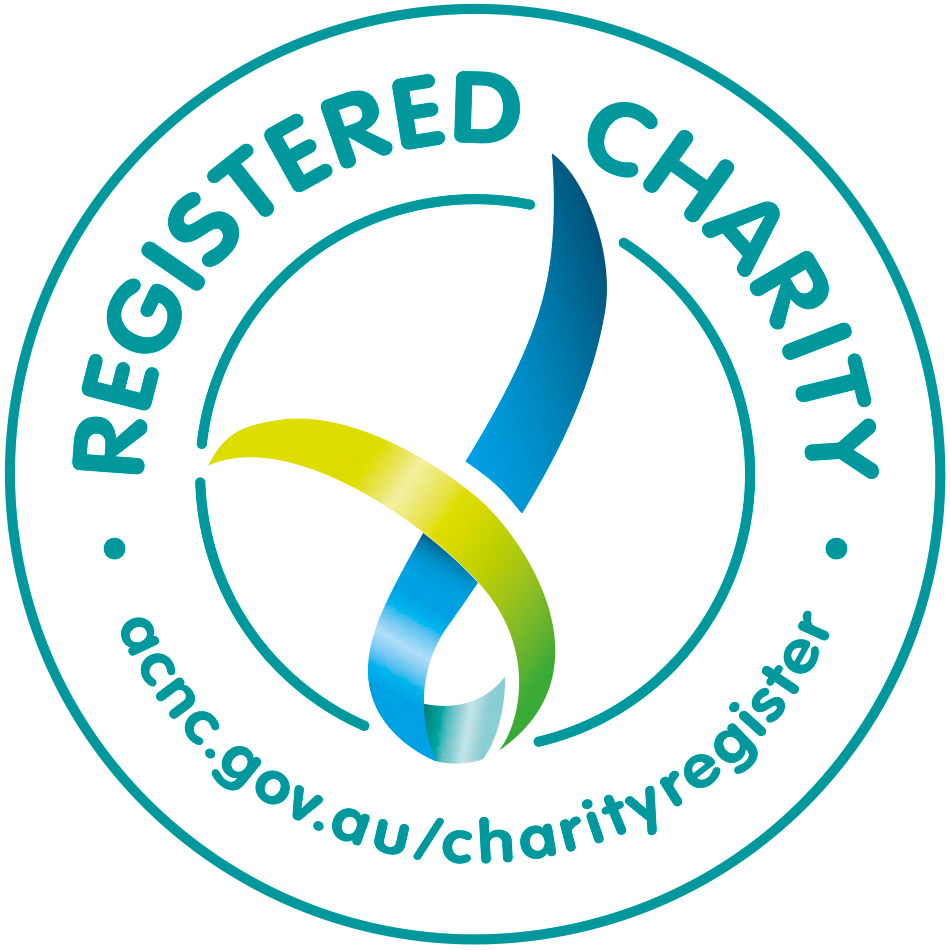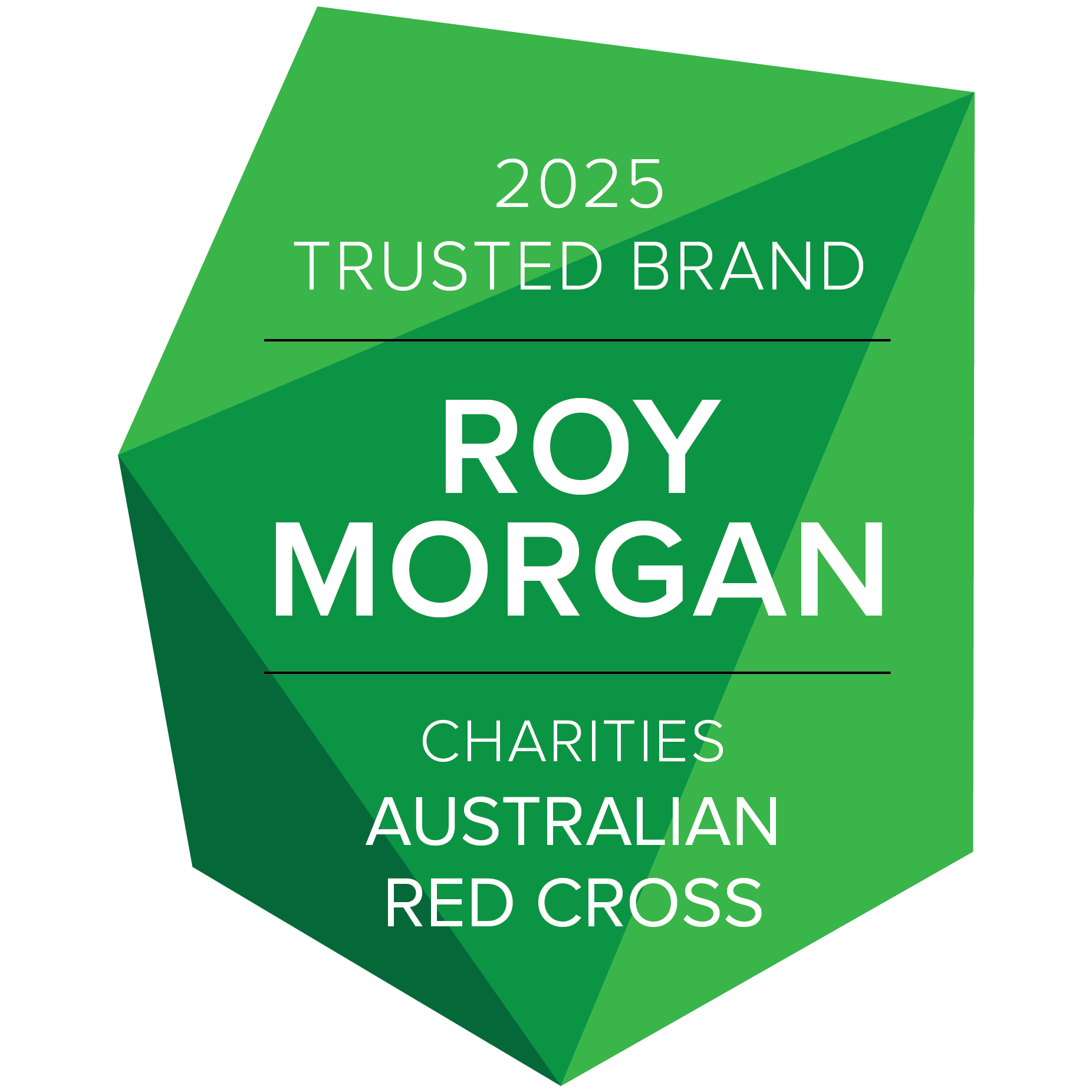

As we struggle with talent shortages Australia-wide, this is the time to look beyond typical recruitment processes. Let’s use strength-based practices and focus on the candidate’s natural talent and motivation.
Because strengths are inherently human, we are helping employers to recruit from a wider pool and find people that might have been overlooked through traditional methods of recruitment.
Implementing strength-based employment practice can improve diversity and inclusion outcomes for organisations and give you access to an often-overlooked cohort. Strength-based recruitment and management processes look beyond skills and behaviours, instead focusing on themotivations that drive said behaviours and the strengths of each candidate.
At its core, strength-based recruitment focuses on each person’s individual strengths, and factors them into hiring and management decisions. It helps employers place the right people in the right roles, and greatly benefit the organisation. You can focus their work more effectively and create a more engaged, high performing team.
You can start by incorporating small elements. The practices outlined below will provide you with clear guidelines on how to incorporate strength-based employment practices into your organisation, stepping through the life cycle of an employee and how you can support them at each stage.
Job descriptions based on strengths will allow applicants to more easily recognise whether they are a good fit for the position. By using inclusive language and emphasising the value of workplace diversity, you’ll encourage applications from a wide range of job seekers.
For people with lived experience of the justice system, if the role requires a police check it is recommended that the recruiter outlines how a police check information will be assessed and that it does not automatically exclude an applicant from the role.
The inclusive language present in the role advertisement will depend on the role itself. For example, for client or customer-based jobs, you may want to look for someone who is confident and enjoys communicating with a wide variety of people.
Applications and interviews are an opportunity for applicants to let their energy, enthusiasm and strengths shine, giving a genuine insight into their personality.
Consider what skills you are looking for and ensure your recruitment process is reflective of it. For example, if you are looking for call centre team member, assessing them based on a resume and cover letter may not be reflective of the strengths you require. Although an applicant may not have strong writing skills, they could have incredible verbal communication. In such cases, you could choose to shortlist based on brief phone interviews instead of using a resume.
Once you have shortlisted, strength-based interview questions will allow you to identify what energises and motivates the candidates, what gives them passion rather than simply their technical skills. This is based in the idea that what people love to do is their strength and indicates where their potential ultimately lies.
Try and have questions that are person-centric, so they reveal the candidate's uniqueness. Below are some examples of strength-based questions:
Finally, when inviting applicants to interview, be open to discussing any accommodations they may need to fully participate in the recruitment process. People with lived experience of the justice system may not have available transport to attend in-person interviews, so alternatives should be discussed.
Implementing these processes from the start, creates an organisational environment that supports empowerment and strength-based approaches.
Onboarding is a foundational part of an employee’s experience. At the end of onboarding, employees should feel a sense of belonging and have a clear idea of what defines their success within the organisation. Onboarding should include formal and informal learning about the role and the organisation, and be tailored to individual needs. Some employees may need a highly structured program while others may enjoy more flexibility. It is up the employer to discuss which option would be more beneficial and play to the strengths of the employee.
It is an opportunity to introduce the team, and foster feelings of trust among colleagues so the team understands how to leverage each individual’s strengths and apply them. Additionally, it promotes an inclusive workplace where feelings of otherness are dissolved and replaced with an appreciation of similarities between team members’ strengths. When employees feel like they belong, they feel empowered to share their opinions and ideas.
A good way to start onboarding and begin forming social ties within the workplace, is team building activities that have an initial focus on introductions. Use these collaborative activities in a similar way to the strength-based interviews – a tool to get an in-depth view of your new employees' strengths and how they can use them in the role. Some examples are below.
One person starts by answering a short question about themselves, whoever can relate to one thing with the previous answer goes next and starts by sharing their similarity. This repeats until everyone has answered, allowing the team to naturally find their commonalities.
A values workshop can set the tone for the team.
Onboarding can be a long process and should not end after the employee’s first week. Collaborative activities like the ones above should be done regularly.
Employee retention is essential for a successful workplace and maintenance of corporate knowledge.
Creating space for open communication and clear goals will ensure that the employees thoroughly understand the company's aims and are committed to achieving them. Weekly meetings will assist in seeing how team members are progressing and help to identify problems early. Strength-based questions asked in these meetings could include:
Ensuring that these questions reflect a genuine care for your employees will help to establish positive relationships. The turnover rate of employees is lessened when employers work with individuals to best match them with their strengths in the workplace.
To successfully retain a great employee, an employer should also give tasks which are challenging enough but still play to their strengths. This includes providing professional development opportunities. Strength-based strategies that support professional development include:
Allowing the employee to identify staff members they admire within the organisation and supporting the creation of a mentorship relationship
Being specific about development action plans that focus on the strengths of the employee and connects to their roles within the organisation
Remain open to receiving honest feedback from employees and learn what motivates them in their role
There are a range of reasons an employee may leave an organisation. As an employer you should support them as they transition through their career development.
As an employer, you are in a unique position to offer important insights about the work environment, meaning you can help departing employees to strategise their career goals and determine which career moves are the best for them.
Support includes:
Finally, consider establishing a network between alumni employees and the organisation to continue communication and encourage employees to reach out should they need advice or further support.
Red Cross pays our respects to the Aboriginal and Torres Strait Islander custodians of the country where we work, and to Elders, past, present and emerging.
Learn about our Reconciliation Action Plan and how we can all make reconciliation real.
This website may contain the images, voices or names of people who have passed away.